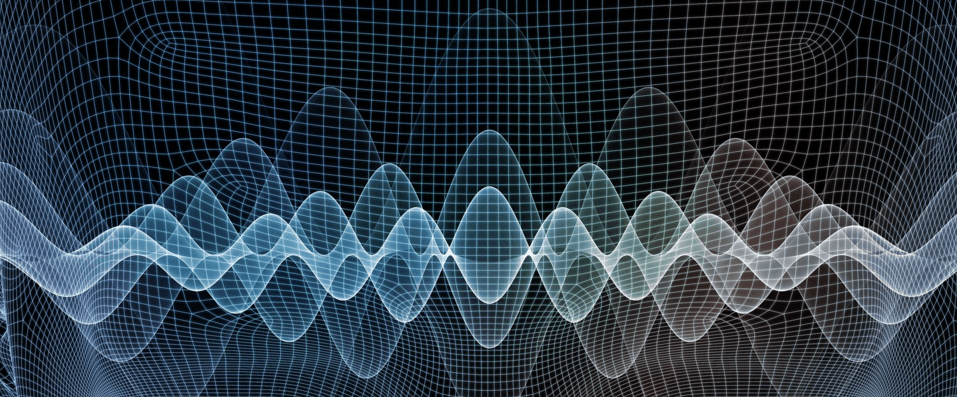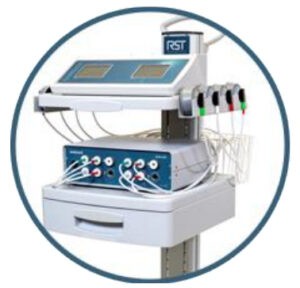Attending summer school is a great way to achieve your academic goals and excel in future skill sets aimed at a career. A quick review once and awhile on courses that we studied and some subject matter we may have forgotten is a good idea. Let’s review some basics about neurons and the key role they play in how our nervous system functions.
Our bodies are incredible starting with the basic function of cells to provide support and structure to our bodies, facilitate growth by mitosis, help in reproduction, and provide energy and transport of substances.
Mitochondria – Known as the “powerhouse of the cell,” mitochondria produce energy necessary for the cell’s survival and functioning. They concentrate within the nerve endings (between the axons and dendrites) powering a series of chemical reactions and breaks down glucose into an energy molecule known as adenosine triphosphate (ATP), which is used to fuel by various other cellular processes. The biochemical processes of the cell are known as cellular respirations. Major functions mitochondria play in cells are:
- Production of ATP
- Regulations of Ca2+
- Cell Survival and Death
- Stem Cell Regulation
ATP – Adenosine 5’-triphosphate (ATP) is the principal molecule for storing and transferring energy in cells. It is oftenreferred to as the “molecular unit of currency” of intracellular energy transfer.
Neurons – Called nerve cells in the nervous system, billions of neurons are core components of the brain, spinal cord, and peripheral nerves functioning as information processing units of the brain responsible for sending, receiving, and transmitting electrochemical signals throughout the body.
Action Potentials – An action potential is a shift in the neuron’s potential electric energy caused by the flow of charged particles in and out of the membrane of the neuron triggering the synaptic transmission. When an action potential is generated, it’s carries along the axon to a presynaptic ending.
Synaptic Activity – The synaptic activity permits a neuron to pass an electrical or chemical signal to another neuron or to the target effector cell. The tiny gap between neurons allows the electrical signal to continue its journey.
Neurotransmitters – Neurotransmitters are chemical messengers that diffuse across the synaptic gap and bind to specialized receptor sites on post-synaptic neurons triggering a specific electrical impulse to target cells which can be different neurons, muscle cells, or gland cells.
Three Primary Types of Neurons
There are three primary types of neurons: Sensory, Motor, and Interneurons.
Sensory Neurons (long dendrites and short axons)
Sometimes called afferent neurons, sensory neurons are nerve cells that carry impulses from the sensory receptors towards the brain and central nervous system. When nerve impulses reach the brain, they are translated into “sensations” i.e., vision, hearing, taste, and touch. Sensory information can result in a physical response through sound, heat, light, or touch. It can also be chemical information translated into taste or smell. This alerts the sensory neurons to send signals to the central nervous system. Think of touching something hot with your hand and feeling the burning sensation.
Motor Neurons (short dendrites and long axons)
Referred to as efferent neurons, motor neurons carry signals away from the central nervous system towards the muscles giving movement. These neurons send signals from the spinal cord and brainstem to the skeletal and smooth muscles to bring about muscle movement. This initiates action to the arm and hand muscles to move your hand away from the hot object.
There are two types of Motor Neurons:
- Lower motor neurons – carry signals from the spinal cord to the smooth and skeletal muscles
- Upper motor neurons – travel between the brain and the spinal cord
Interneurons (short dendrites and short or long axons)
Known as relay neurons, they are the most common neurons. They connect various neurons within the brain and spinal cord and assist the brain by communicating in complex functions and play a vital role in reflexes, learning, and thought processes. When you touch something hot, sensory neurons in your fingertips send a signal to interneurons in your spinal cord. Some interneurons pass the signal on to motor neurons in your hand, which allows you to move your hand away while other interneurons send a signal to the pain center in your brain…and you experience pain.
Four Major Forms of Neurons in the Human Body
Multipolar Neurons – These neurons are most often found in the central nervous system and are composed of a single axon and symmetrical dendrites extending from it.
Bipolar Neurons – Mostly found in the retina of the eye and can also help the ears and nose to function. These bipolar neurons consist of two extensions from the cell body – one side is an axon, and the other side is a dendrite.
Pyramidal Neurons – This is the largest neuron and found mostly in the cortex part of the brain responsible for our controlled thoughts. These neurons have one axon and several dendrites that form a pyramid type shape.
Purkinje Neurons – These neurons release neurotransmitters to keep other neurons from firing and have multiple dendrites that fan out from the cell body.

RST-SANEXAS – Today’s Advanced Electrical-cell-Signaling Technology (EcST)
The quantum-based approach using bioelectricity and electrotherapy has been used for centuries in treating medical conditions. Studies have shown that how cells function using electrical current involves the rules of physics and biochemistry. Electric cell-Signaling (EcS) is the ability to use multiple comprehensive signals along with electrical energy waves and harmonic resonance to direct cells to do specific things.



